
5 minute read
In Conversation: Dr. Blaze Kwaymullina
Dr Blaze Kwaymullina, in front of artwork ‘Universe’ by his brother Ezekiel Kwaymullina. Photo: Cole Baxter
IN CONVERSATION: DR DR BLAZE KWAYMULLINA
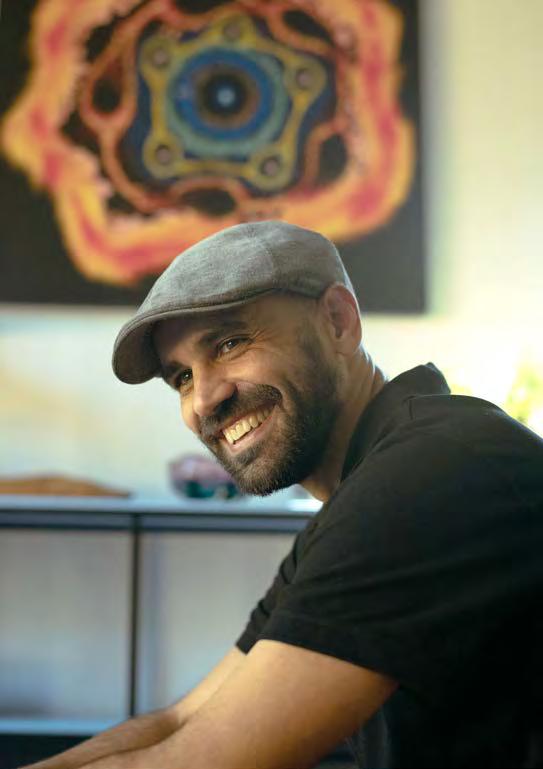
Reconciliation Australia’s newest board member, Dr Blaze Kwaymullina, brings to the role a wealth of experience and insight. We sat down with him to chat about his journey from academia to entrepreneurship, and his rich perspective on reconciliation.
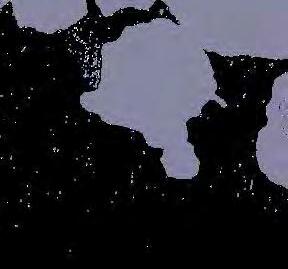
Blaze, please tell our readers about yourself and your career so far.
I’m Blaze Kwaymullina, a Palyku man from the inland region of the northwest of Western Australia in the Pilbara, bordering the Western Desert. I now live on Noongar Country.
Professionally, I’ve had a varied career. I have been an academic, a published creative writer, and have worked in the creative arts. I have also worked in Native Title and cultural heritage, and for almost 10 years now I have been an entrepreneur and have worked heavily in the Aboriginal economic development space.
Even though these areas are different, they’re all connected around themes of storytelling, Aboriginal knowledge, working with community and pushing forward that agenda of people being self-determining on Country.
On academia, is there something about education that drew you to that path?
Well, it’s interesting because I had a terrible experience in school. I failed years 7 through to 10 and when I left in year 11, I was escorted off the premises by a teacher who told me I was going to end up a park drunk like the rest of my people. I replied, “Well, at least I won’t end up like you.”
My family pointed me in the direction of a year-long Aboriginal bridging course at UWA and it changed my life. I had no idea that this was how education could be: surrounded by Aboriginal people, academics and intellectuals. I did a unit on Aboriginal History, and it ignited a passion in me. The more history I learnt, the more empowered I became. This is why I became a historian, and ended up completing a Masters in Criminology, and a PHD in English.
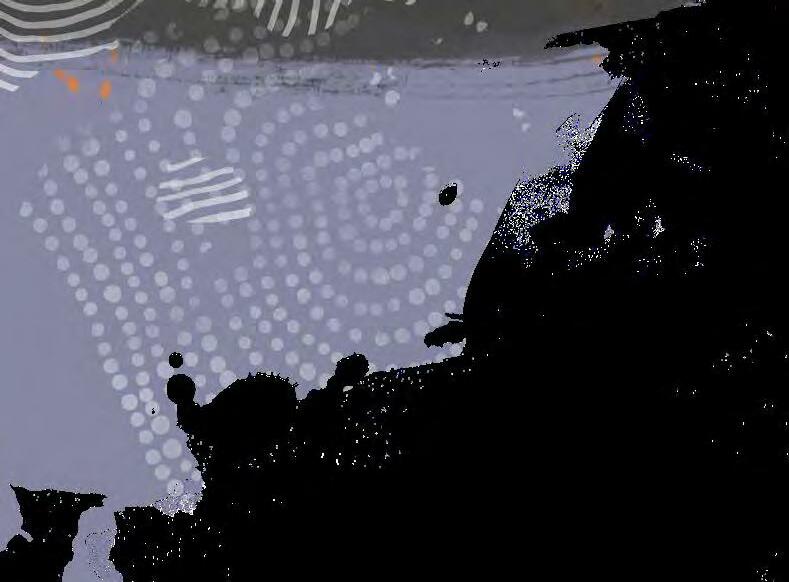
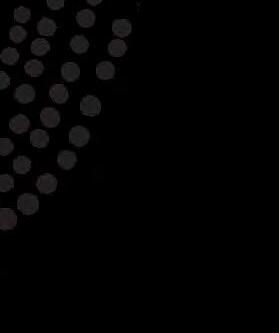
Then I discovered I had real passion for teaching because I was shown how education can transform people and I wanted to share that with others.
You’re the author of several books – why do you think it’s important to have Aboriginal representation in books for young people?
If you live in a society where you do not see yourself reflected in it, that is a manifestation of your own marginalisation – you cannot see a future for yourself. Our focus should be on giving our children hope and showing them that they can achieve great things.
Representation in literature is essential because they can see themselves in the stories they read. Even things like putting where the author is from can make a big difference – a picture book might say Blaze is a Palyku man, from the Pilbara, and an Aboriginal kid who reads that might say ‘Hey! I’m from the Pilbara, too!’ There’s a self-esteem and emotional impact that has.
As an entrepreneur, how do Indigenous-owned businesses relate to the reconciliation movement?
My view is that wealth creation is a foundational cornerstone of self-determination. And we cannot have reconciliation without self-determination. Money has no intrinsic value, but it is hard to support our identity and Country if we don’t have economic power because we become marginalised. This also gives us a sounder platform to push the reconciliation agenda, because businesses are kinship networks with different types of people coming together. If a business has embedded reconciliation into its relationships, it becomes a powerful engine for reconciliation.
How does all this varied experience assist you with your role on the Board?
The challenge of reconciliation is that we must hold the past and future together in our hands simultaneously. To create the future, we must work through the implications of the past. My experience as a historian brings value, because when you have a deep appreciation of how the system evolved, you can assist in unpicking it.
I see the work of reconciliation on two levels. First the individual – hearts and minds, asking what is the kind of Australia that we want to be? What is the relationship we want to have with our Indigenous people? Then you’ve got the more difficult level – the systemic, where we have institutions, policies and history that still produce disadvantageous outcomes for Aboriginal people.
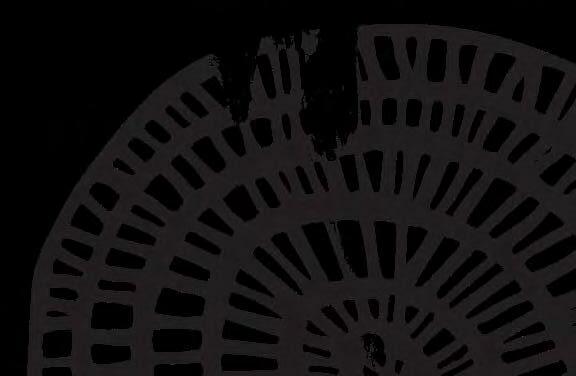
I’ve worked across both of these levels. But the Board of Reconciliation Australia does not create reconciliation: it’s a movement beyond any individual, professional or system. It’s about collective action. It’s the reconciliation community making change – I’m just a small part of that.
National Reconciliation Week’s theme is Be Brave, Make Change. What do you think brave action means?
Bravery goes to heart of what reconciliation is about. Reconciliation cannot occur without great courage – it’s a precondition. It doesn’t have to be a grandiose gesture. Bravery comes from the courage to engage in dialogue. For non-Aboriginal people, it’s about being okay with getting it wrong, listening and engaging and finding a way to work through difficult conversations. For Aboriginal people, bravery is required around truth-telling and healing trauma. But it all goes back to the heart of reconciliation: opening ourselves up to dialogue with each other. And everyone has a role in this.
How has reconciliation changed over time from your perspective?
I think it’s changed phenomenally. At some of the earliest points of contact between non-Aboriginal and Aboriginal people, while there are stories of conflict, there’s always a small handful of non-Aboriginal people who are putting their hands up and saying, ‘this is not right’.
When we look at the present time, and how widely the Reconciliation Action Plan program has been adopted, and the incredible impact that has been generated from that, you would say reconciliation is a vital part of the future of Australia, and it has transformed the hearts and minds of the everyday Australian. But next we need the systemic change.










